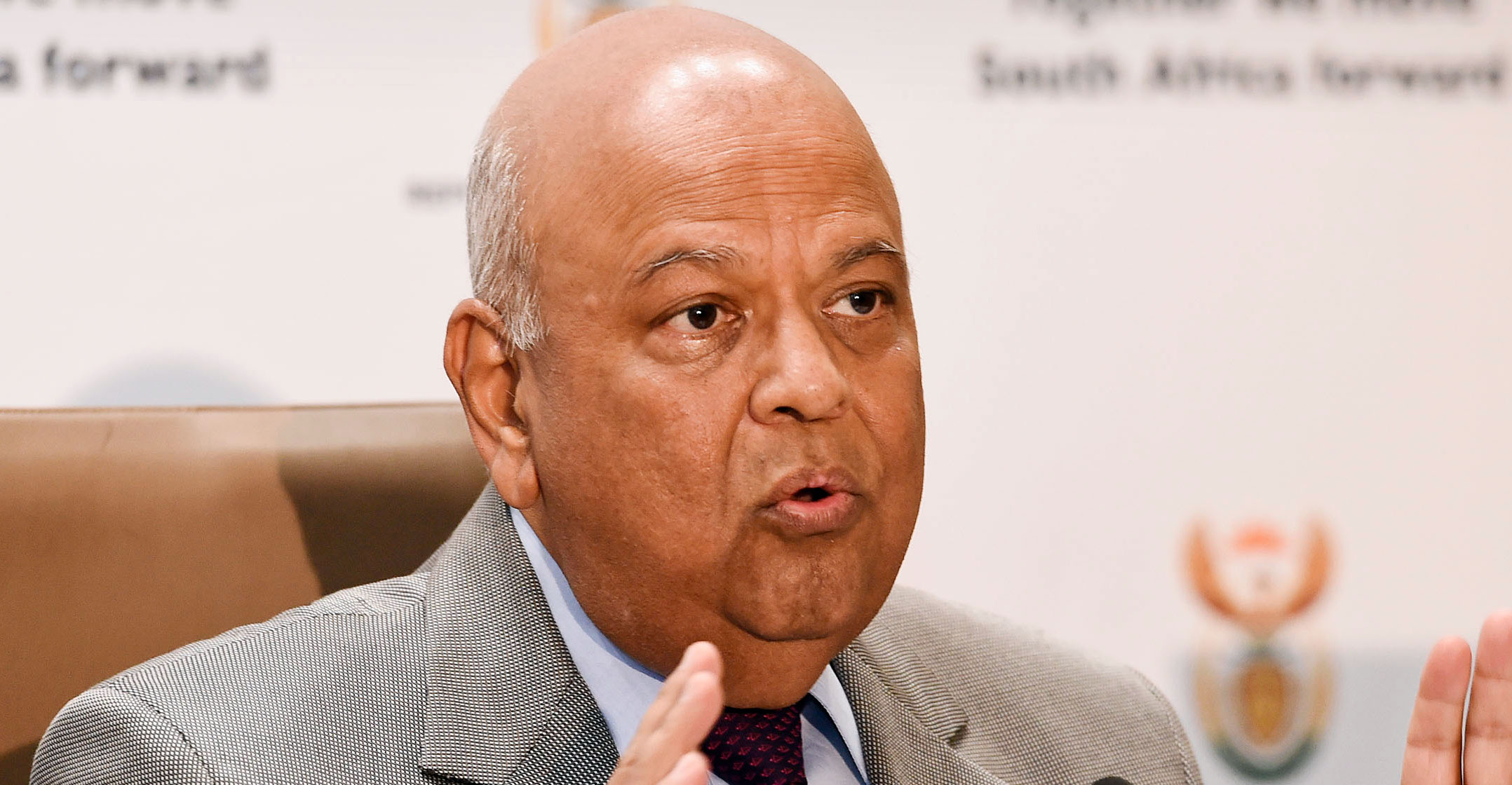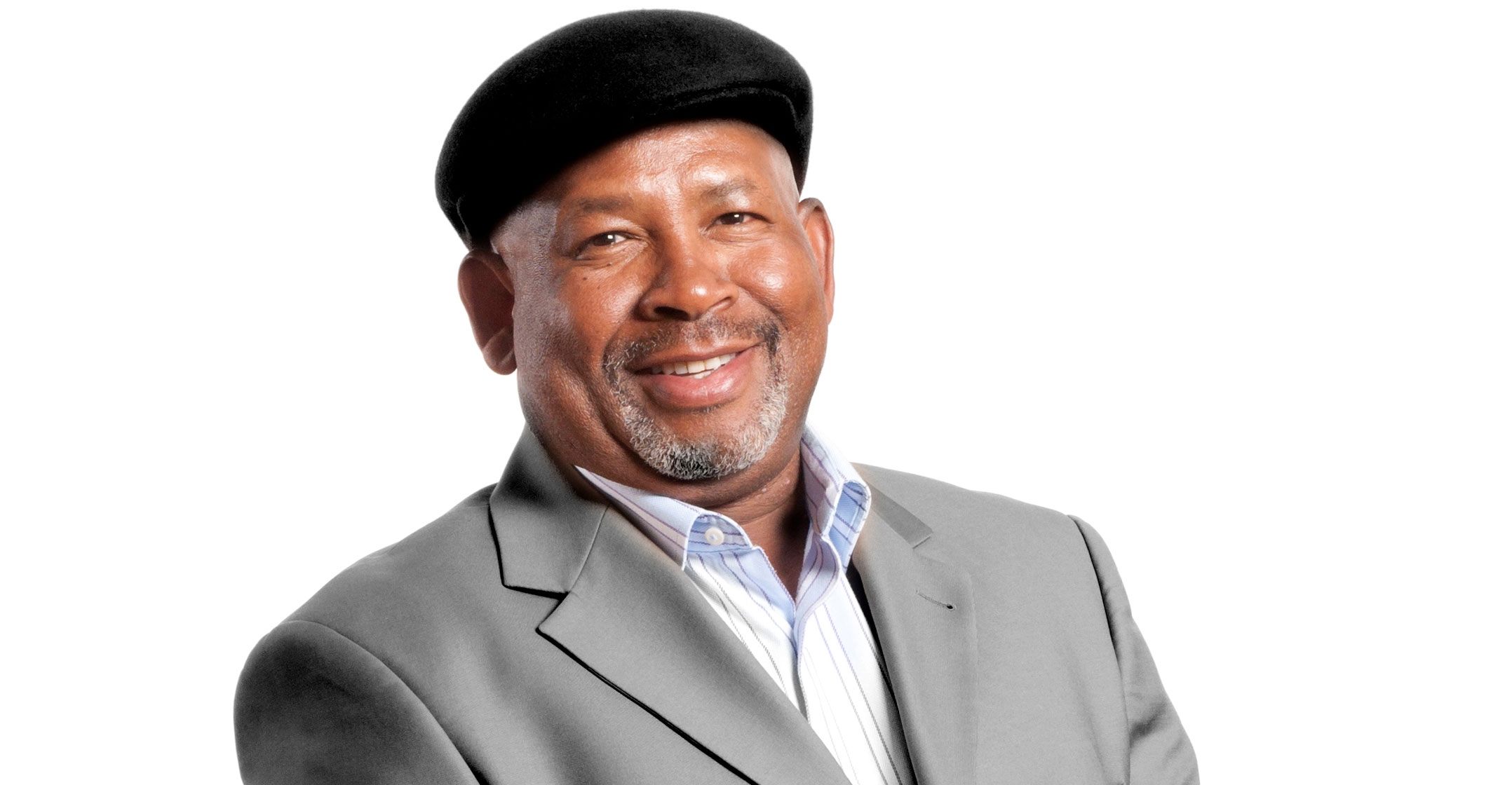 Following a period of uncertainty, South Africans will be pleased to know that they will enjoy a warm winter and a bright Christmas as Eskom plans to keep the lights on for the next nine months at best or implement stage-one load shedding at worst.
Following a period of uncertainty, South Africans will be pleased to know that they will enjoy a warm winter and a bright Christmas as Eskom plans to keep the lights on for the next nine months at best or implement stage-one load shedding at worst.
On 14 March, public enterprises minister Pravin Gordhan could not give an answer as to how long the power utility would need to implement load shedding. The country experienced stage-four power cuts until 23 March due to a combination of unplanned plant unit failures, a lack of diesel and abrupt cuts in import supply.
At the time, Gordhan assured the public that there would be a plan in two weeks. On Wednesday, he kept his promise — albeit a few days late.
The minister, together with the recently appointed technical review team as well as Eskom CEO Phakamani Hadebe and board chairman Jabu Mabuza, took the media through the utility’s “frank and factual” two-part plan on how Eskom plans to get better performance from its power plants.
The group was also clear that there would be consequences for managers and employees who failed to ensure that the plans were executed in the set timelines.
“Ensuring the right kind of supply of electricity will ensure that electricity does not act as a constraint to economic growth and this is absolutely crucial in the kind of situation that our economy finds itself in and our fiscus as well,” said Gordhan.
Two plans
“We want mines to continue to produce, factories to continue to manufacture, retail to continue to do their business, and small business to thrive and to ensure that the benefits of growth accrue to all South Africans.”
The “Winter” plan and the “Next nine months and the long term” plan are the result of work done by Eskom, the technical review task team and the sustainability task team appointed by President Cyril Ramaphosa.
Both plans have two scenarios, the first being no load shedding. In this case, Eskom will ensure that it will not lose more than 9.5GW of energy to unplanned outages and tripping of power plants while planned outages will be kept between a range of 3GW and 5GW.
Should the unplanned outages go above 9.5GW, this will trigger stage-one load shedding, also known as “Scenario 2”. This will last for a maximum of 26 days, which will be spread out throughout the winter period.

In order to stay within the 9.5GW window for the winter period (from the beginning of May to the end of August), Eskom will bring back two units that have been out for a long time. Kriel Unit 2, which produces 475MW of power, is scheduled to return to the grid on 18 April, followed by Matla Unit 5, which will bring in a further 575MW by 13 May.
The Kusile 2 and Medupi 2 units, which are not yet in commercial operation, are expected to add 1.2GW. However, Eskom system operator Bernard Magoro emphasises that they are still being tested and commissioned.
Magoro says efforts are also being made to bring Unit 3 at Kusile into synchronisation before the end of April, and that Eskom has put measures in place to ensure that money is approved and released on time to buy diesel and avoid a situation where there is a shortage.
“The other advantage with winter is, because of the cooler weather conditions, our plants tend to perform better; for example, at Matimba which is in Lephalale you can lose up to 1 000MW on a bad day because of heat.”
Eskom is expecting that its power lines from the Cahora Bassa hydropower plant, which were damaged by Cyclone Idai, will be fully restored in May.
“If all these measures pan out, we are quite confident that we will be able to stay within the 9 500 MW limit,” says Magoro. “There is hope but I think we should keep at the back of our mind that there may be those odd days where things get out of control.”
To avoid load shedding beyond August, Hadebe says the power utility will bring back Lethabo Unit 5 in December.
Eskom will also be rallying intensive energy users, such as mines and industry, to reduce demand on the grid by at least 500MW.
Preventative maintenance
“We have already spoken to them and they have shown a great deal of interest in working with us in that regard.”
The public participation drive encouraging citizens to use less electricity is also estimated to reduce demand, by between 100MW and 500MW.
Hadebe emphasises that Eskom will continue to implement its nine-point plan which outlines the long-term turnaround strategy for the embattled utility.
Unlike in previous years, Eskom plans to maintain its preventative maintenance allocation at 5GW, which is 40% higher than in the past. A budget of R49-billion over the next five years has been set aside to spend on maintenance in Eskom’s generation, transmission and distribution divisions.

At the same time, R4.5-billion will go towards resuscitating the Medupi and Kusile power stations. They have long been under construction, have gone over budget, and are still not producing the intended output.
In addition, Eskom will no longer rely on one or two refineries for diesel. It has lined up other suppliers that will be able to provide the fuel should there be a need to run open-cycle gas turbines for longer than usual during peak periods.
The discipline and rigour to ensure a greater sense of accountability in implementing these plans is what will separate them from past solutions.
As Gordhan puts it: “An important culture change needs to happen within Eskom where increased levels of accountability and consequence management are going to be key.”
- This article was originally published on Moneyweb and is used here with permission




